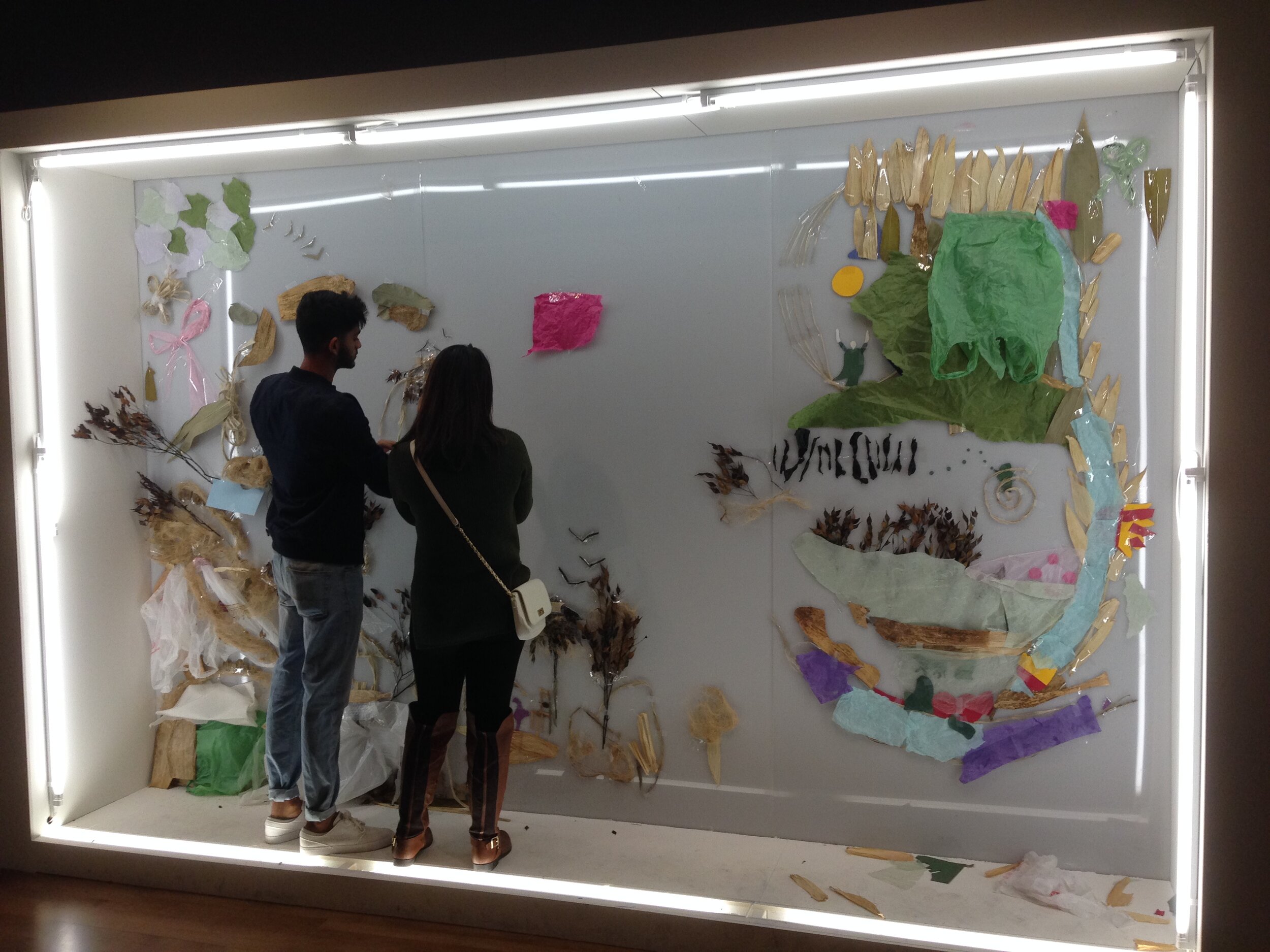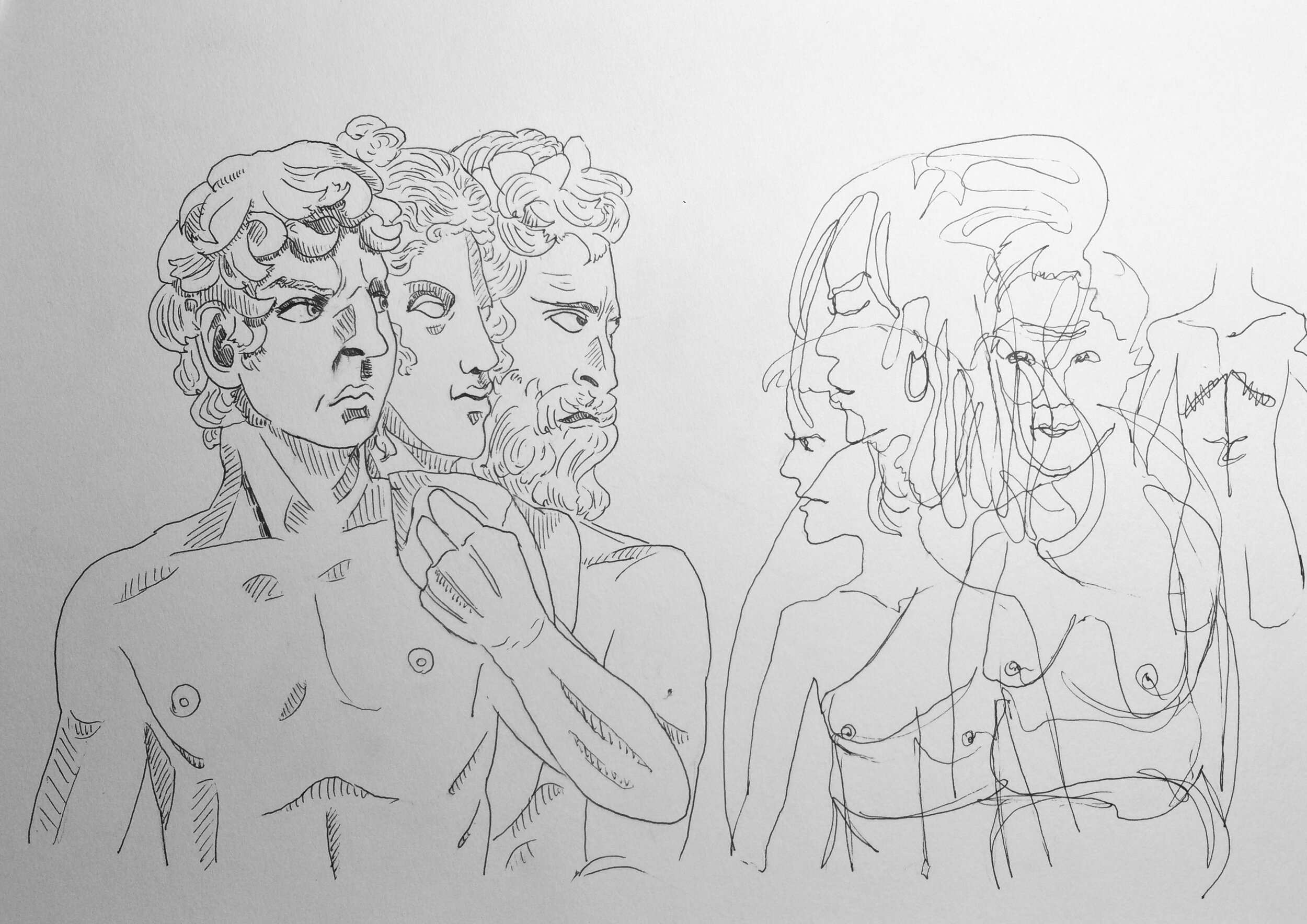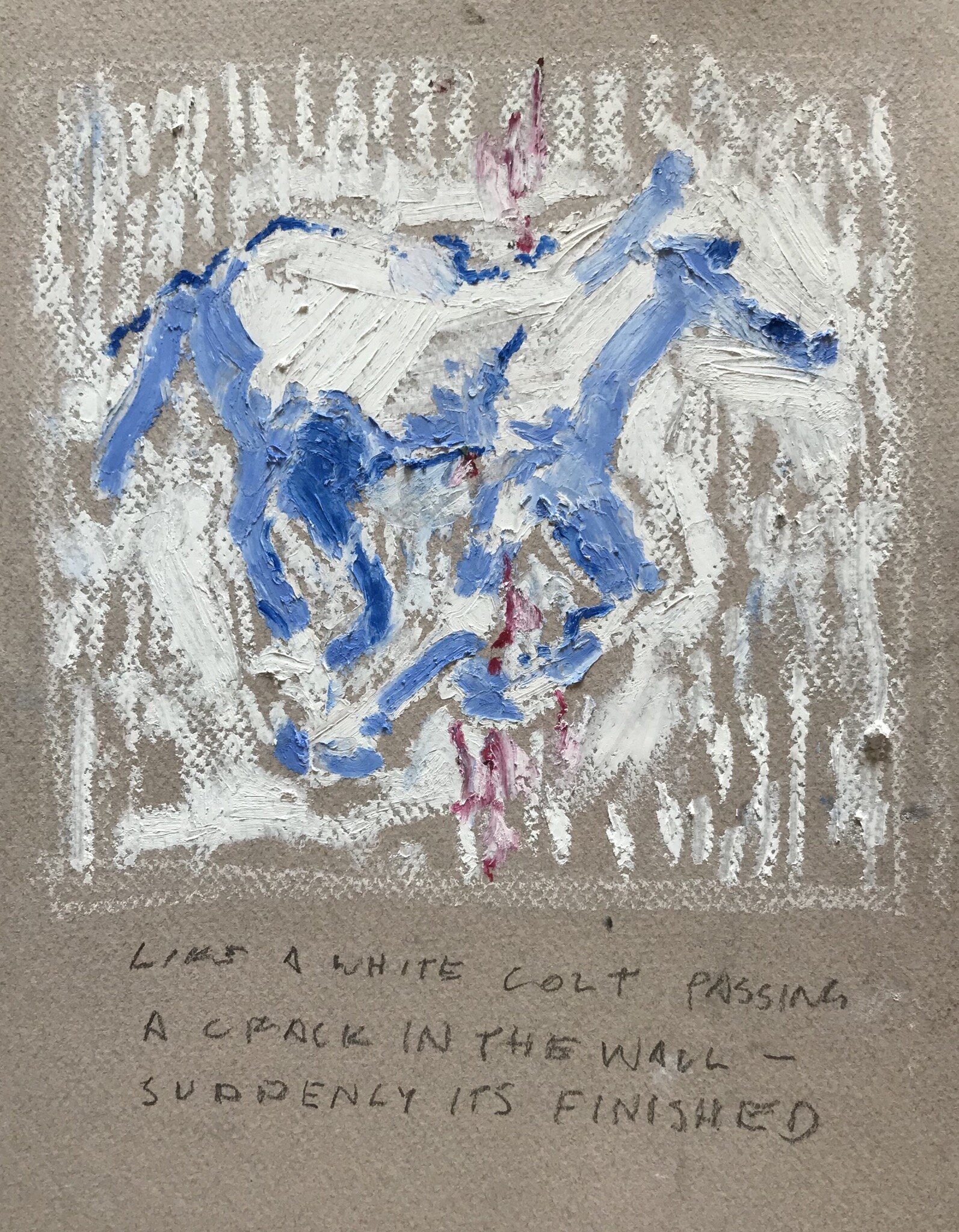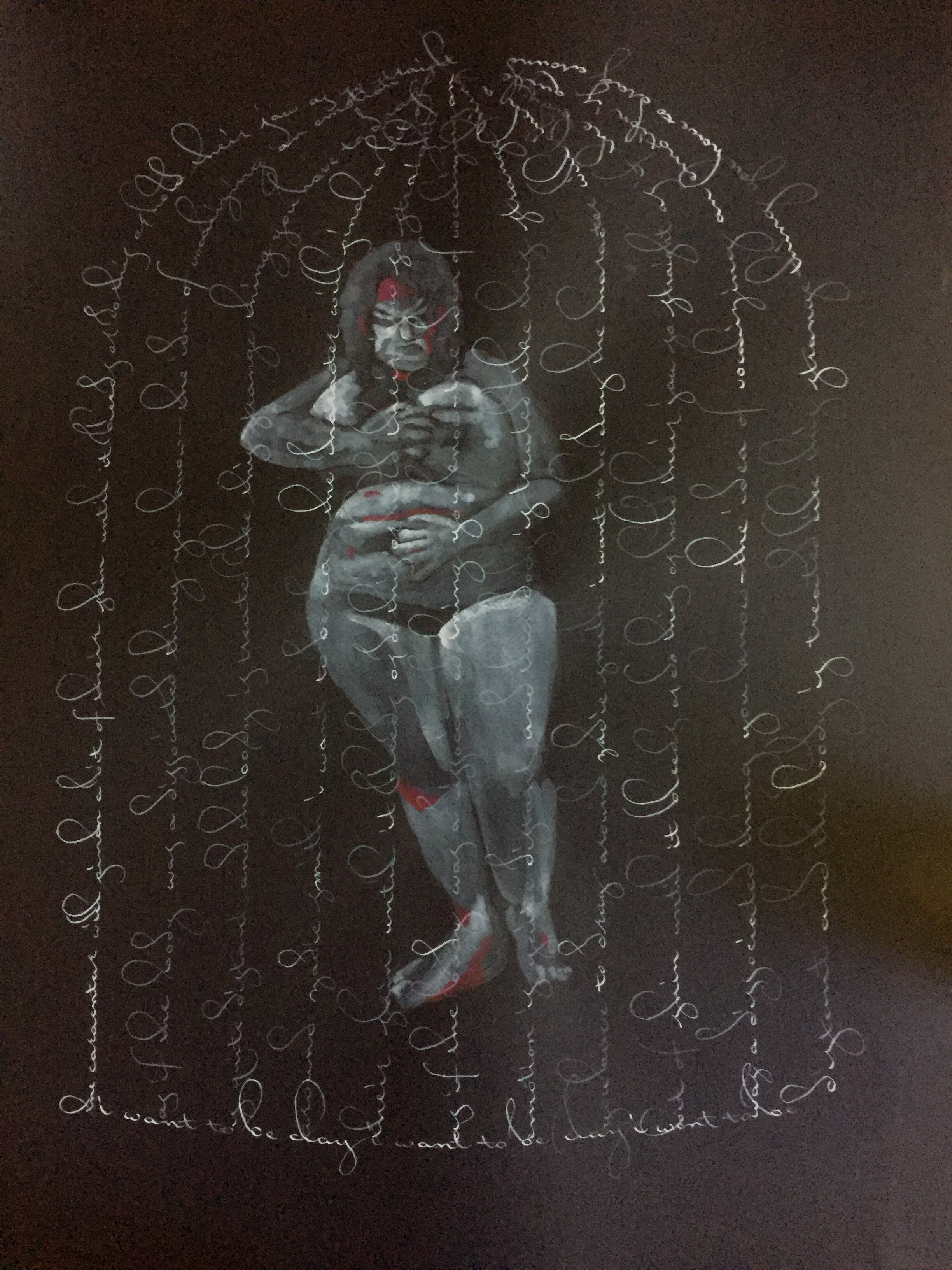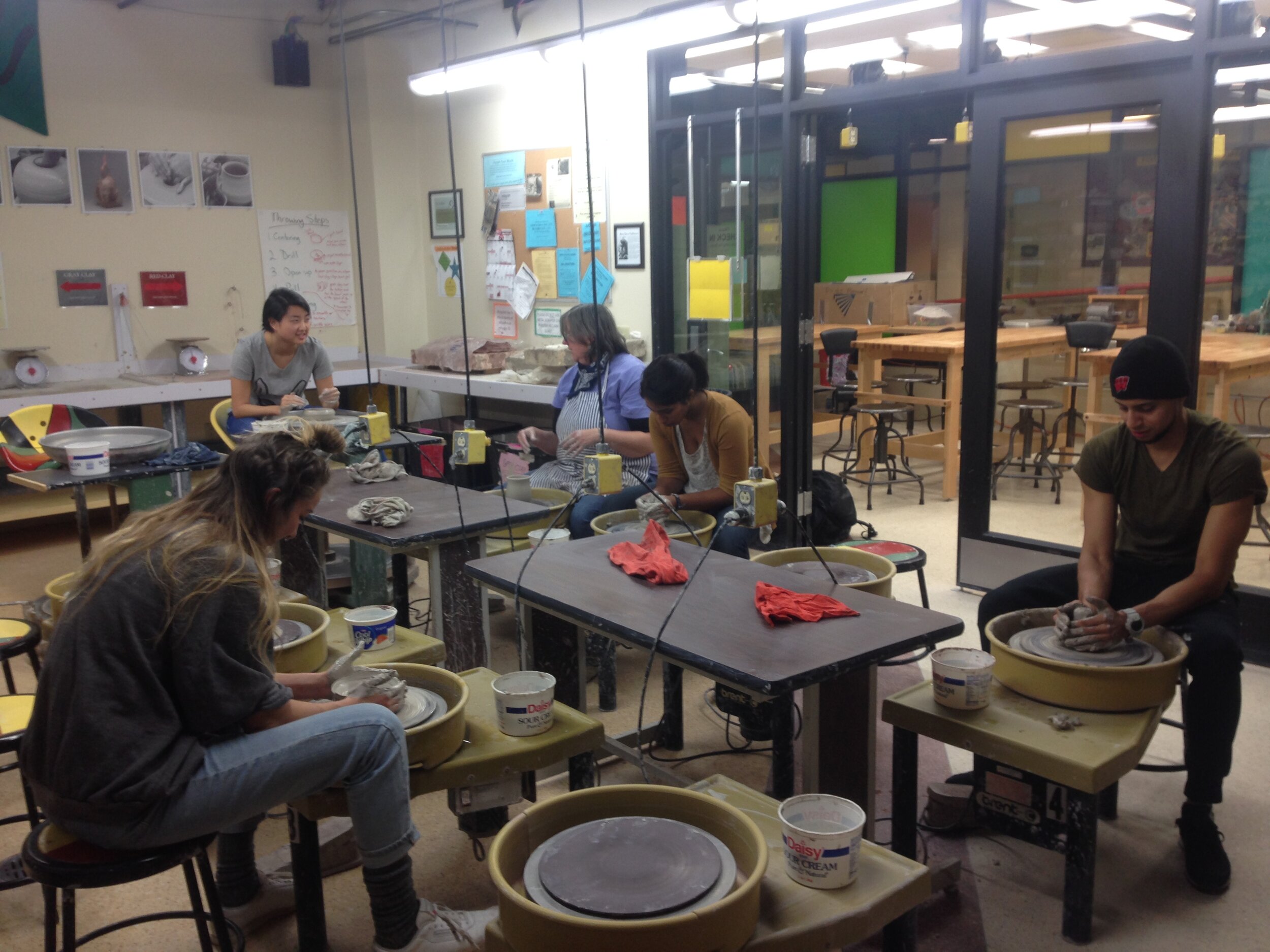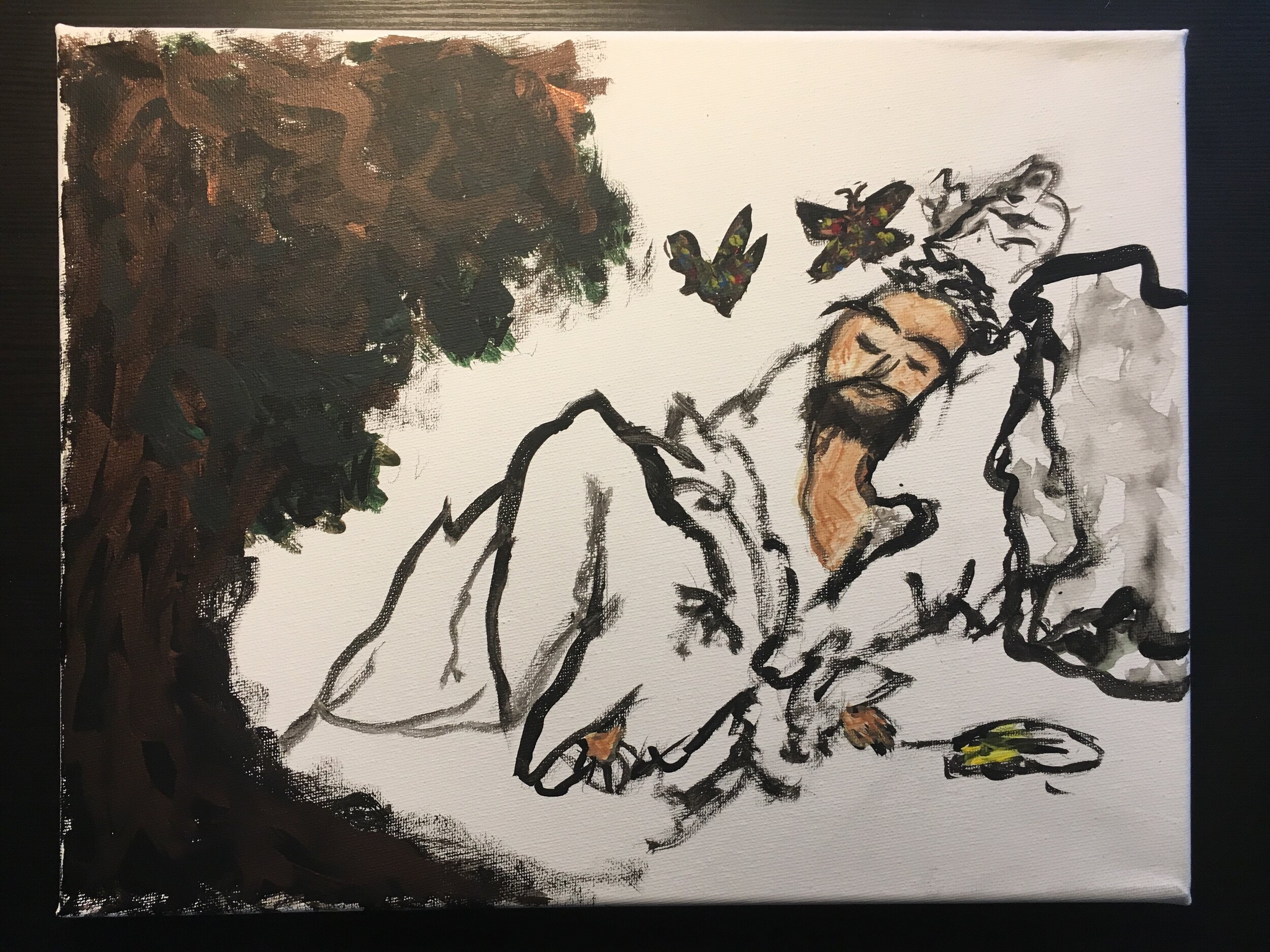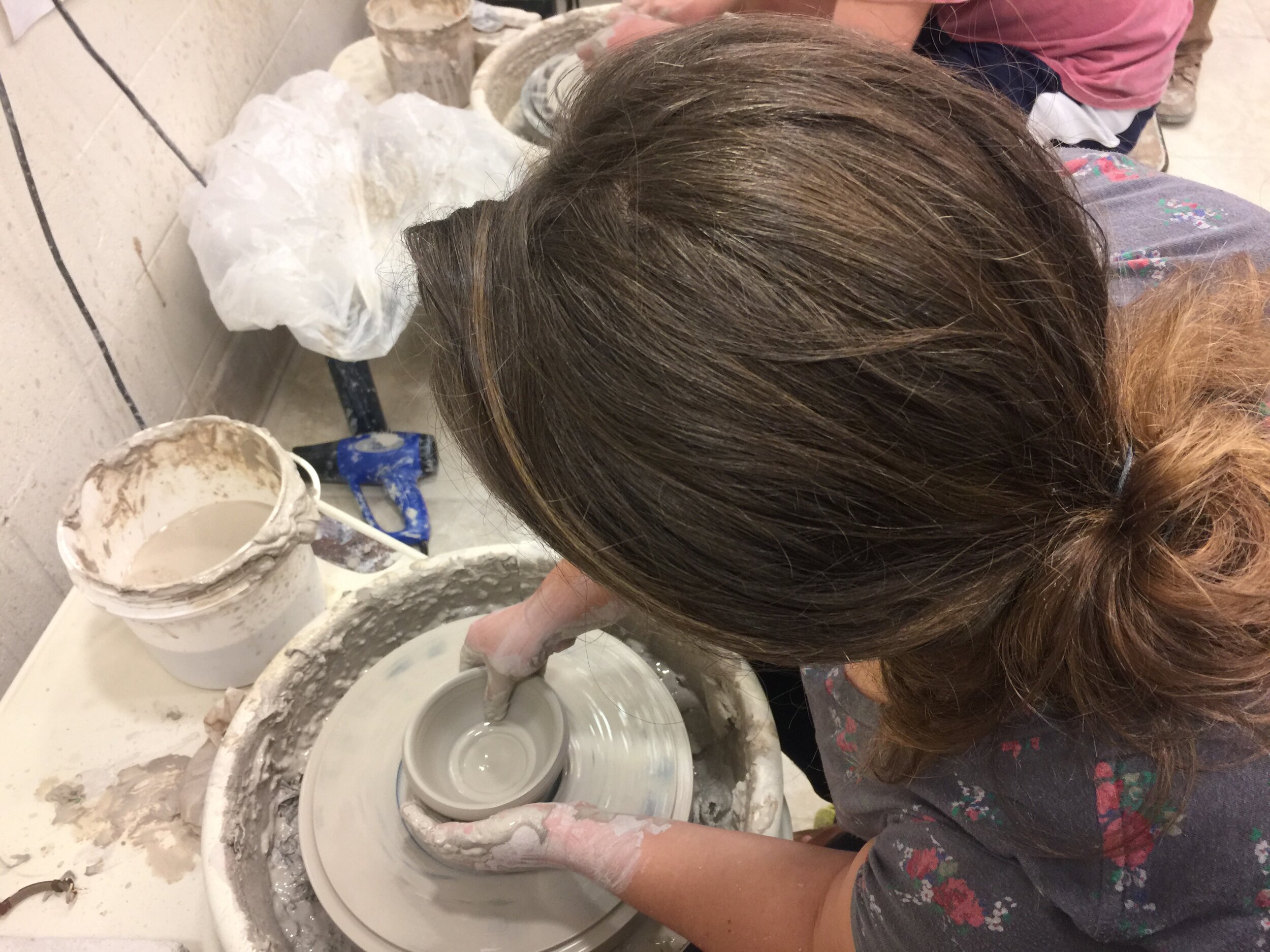Teaching
“ “Giving an answer closes a door, and in teaching you never want to do that. You want to stand in the doorway and make some interesting gestures so they’ll come in, but you never want to push them in and slam the door. They won’t learn anything there.””
Teaching Statement
I have been strongly influenced by the idea of Asian Humanities, a concept I encountered as a long-term teaching assistant for the Languages and Cultures of Asia department at the University of Wisconsin-Madison. The goal of this approach is to create an equitable learning environment in which students not only accumulate information about Asian cultures but rather learn from their distinctiveness. Teaching should encourage them to actively engage with the “Other” so that they may challenge anachronistic visions and Eurocentric ideas while empowering them to question the universal applicability of their own actions and thoughts. It should enable them to develop a critical awareness and reflect upon their own biases and intellectual horizon, an ideal central to both my teaching and scholarly work.
To provoke moments of self-reflection in my students, I regularly utilize self-experiential exercises.My “Introduction to East Asian Religions,” for example, uses a hands-on workshop on pottery making to introduce the students to the Daoist concept of non-action (wuwei). Early Daoist texts like the Laozi and the Zhuangzi repeatedly refer to the potter’s wheel to explain the creative force of the non-active Way (Dao) and sage rulership. This concept regularly causes students problems. The throwing of pottery, however, offers a great opportunity for them to realize the thoughts behind the Daoist classics’ utilization of this image. They experience through their hands that less movement and active interference with the rotating clay may lead to the creation of well-rounded objects. Only if they can hold their hands in a steady shape while slightly changing its circumference, the students will successfully create some ceramic.
I embed such self-experiential exercises in several assignments that teach them ways to communicate their impressions and that help them to digest and recall them. These assignments may take on various forms ranging from more classical approaches such as analytical or reflection papers to more creative tasks like drawings or short digital essays (see the following link for my own digital essay). For example, I ask the students in my Zhuangzi class to create a comic strip based on one of its anecdotes. This exercise forces the students to think about how different media can express narratives or concepts in distinct ways. In other words, it is an exercise in critical thought that invites the students to rethink their interpretations through a new medium while situating their work in the long history of artistic reworkings of the Zhuangzi.
In a mid-term paper to my course on “Sexuality and Gender in East Asia,” which I begin by asking the students to produce a depiction of what they think is the body, I employ then a more traditional form of writing assignment to encourage students’ reflections on how a different vision of the body could influence a person’s daily life. At this point of the class, they will have learned several different models in which early Daoists illustrated the human body either as the seat of spirits, as an inner landscape linked to the environment, or as a laboratory for the concoction of elixirs of immortality. I ask them to explain and situate themselves intellectually within the framework of one of these body visions so they may visualize the vast impact differences in one’s basic worldviews have on one’s interactions with oneself and one’s surroundings.
Thus far, my students have responded very positively to my self-experiential approach to teaching and my engaging attitude. I have received two student-initiated teaching awards and have been nominated for Washington University’s Faculty Teaching Award by my department. Since this semester, I am also appointed as a Faculty Associate working closely with Washington University’s residential colleges. My class enrollments are very high and my teaching evaluations excellent. Regarding my course “The Body in Daoism,” a student mentioned that it “was engaging and interesting, especially as Professor Z[ü]rn’s enthusiasm and breadth of knowledge showed through. I would strongly recommend anyone … to take a class with Z[ü]rn.” Another student stated that the course “was incredibly challenging [yet] also incredibly rewarding [since] it takes you to the very depth of the topic. I learned so much from this class that it genuinely change[d] my perspective of things.” I would love to contribute the same enthusiasm, care, and transformative experiences to your vibrant learning community.

